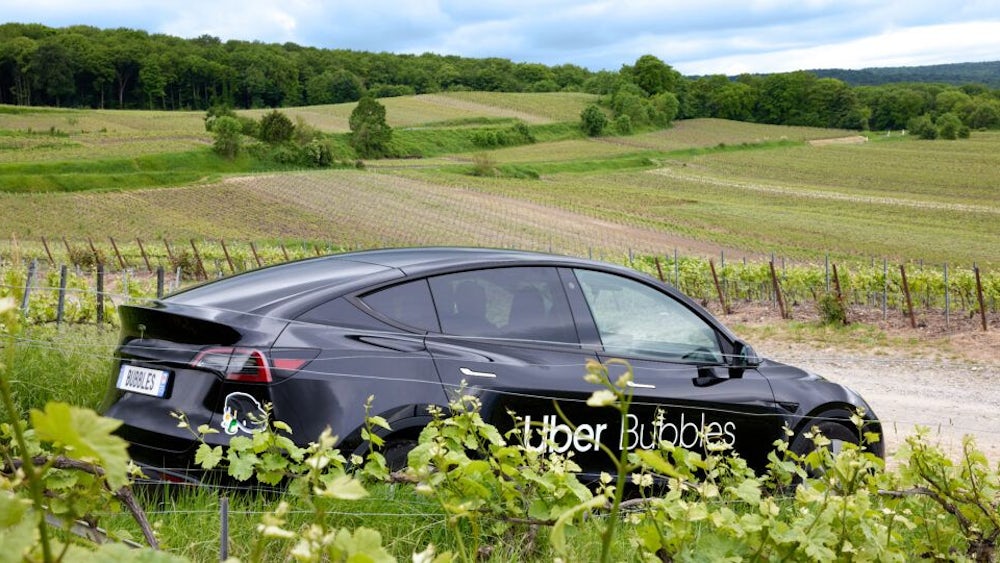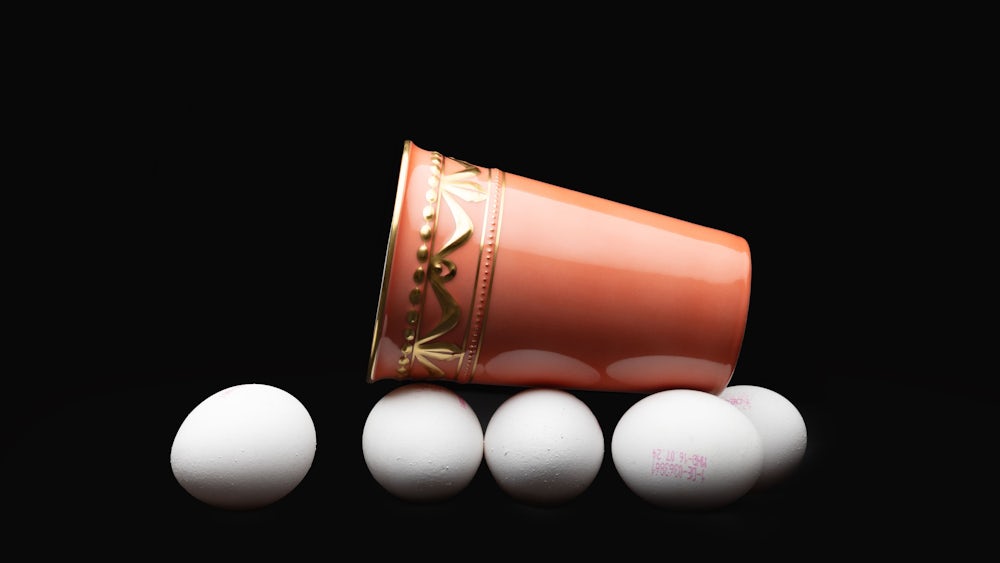Champagne, champagne and more champagne – the style news of the week – Style
Dry for years
The Champagne House Pommery in Reims these days: 150 years of Brut Champagne. In 1874, Madame Pommery bottled the world's first dry champagne. The boss of the house had recognized at the time that buyers' tastes were changing – away from the traditionally quite sweet champagnes and towards a sparkling wine that should be “as dry as possible, but not stiff,” as a note from Mrs. Pommery to her cellar master shows. The house is now celebrating the anniversary with two special cuvées that are intended to characterize the beginning and end point of this success story. Firstly, with the “Cuvée 150”, which is modeled on Madame Pommery's first Brut – a Blanc de Blancs Extra Brut limited to 10,000 bottles, the assemblage of which comes exclusively from the ten locations that were already part of Madame Pommery's vineyards at the time. This brings you pretty close to the original taste experience of the famous entrepreneur.
The other style is intended to underline the modern status quo of champagne: For “Pommery Apanage 1874 Brut”, the current cellar master Clément Pierlot has created an assemblage that has never existed before in the history of the house, composed of the top vintages of 2012, 2015 and 2018 – a real super champagne. The “Cuvée 150” is available from, among others, Hawesko.com – the price is also based on the anniversary. “Pommery Apanage 1874 Brut” can be found in delicatessen shops and at numerous (online) retailers.
Go for Yellow
The question of how to transport a bottle of champagne properly is probably one that no one has ever really seriously asked themselves – after all, nothing is more elegant to carry in one hand than the slim neck of a heavy bottle. bottle with a good name. And men and women never look better in slightly disheveled evening wear than when they stroll across English lawns wearing such a relic of a successful party. Nevertheless, champagne producers are always thinking about what accessories they could use to enhance their core products. Veuve Clicquot has now introduced four so-called essentials as companions for its bottles – this puffer-style bottle bag is particularly fashionably interesting. Not only because the puffer aesthetic is still popular in fashion, the thing is also practically practical with its shoulder strap, for example when cycling to a romantic picnic. In the bag, the bottle should also maintain its optimal drinking temperature (6 to 8 degrees Celsius) for an hour thanks to the moderate cooling function. Above all, however, the brand's typical yellow is an eye-catcher and evokes fine associations, even if only an apple spritzer is being transported. The four essentials are usually available in combination with a bottle on Clos19.com and in selected stores.

A joyride into the countryside
Paris is not one of those metropolises where there is nothing to do and see. Incidentally, champagne is available on every corner there, even at an extra-expensive price, but the tourist trend is towards day trips, a short getaway from the actual getaway. That is why there are obviously many visitors who like to make a detour to Champagne from Paris. Voilà: UberBubbles. It sounds like nonsense, but we didn't make up the name, the offer is really called that, it's even written in bold letters on the side of the Tesla. The guests are picked up in Paris in the morning and driven to Champagne. There they visit and taste three cuvées and have lunch at the Perrier-Jouët champagne house in Épernay. Then it's on to Maison GH Mumm in Reims for a cellar tour and Cordon Rouge tasting and finally back to Paris. You can book directly via the Uber app for the comparatively low flat rate of 200 euros. Someone must have had too many bubbles in the calculation.

Beautiful cups
Champagne from a goblet? Sounds unusual. The drink is somewhat ceremonial, and the posture is completely different when drinking a glass with a stem. The Berlin manufacturer KPM has now released a new line of sparkling wine cups that are part of the classic “Kurland” porcelain: The series was created in 1790, a few decades before that, large champagne houses such as Ruinart and Moët & Chandon were founded in France – so there is a lot of tradition when the summer aperitif is not served in the usual flutes, but in a delicate vessel with relief and gold decoration. And instead of the usual sight of rising bubbles, there is a selection of pastel shades such as peach, fig and lime. As far as practical use is concerned, the hand-painted cups should be put in the dishwasher as rarely as possible. But if you need to be quick, the blunt shape is clearly an advantage over long-stemmed glasses when it comes to loading and unloading (kpm-berlin.com).
